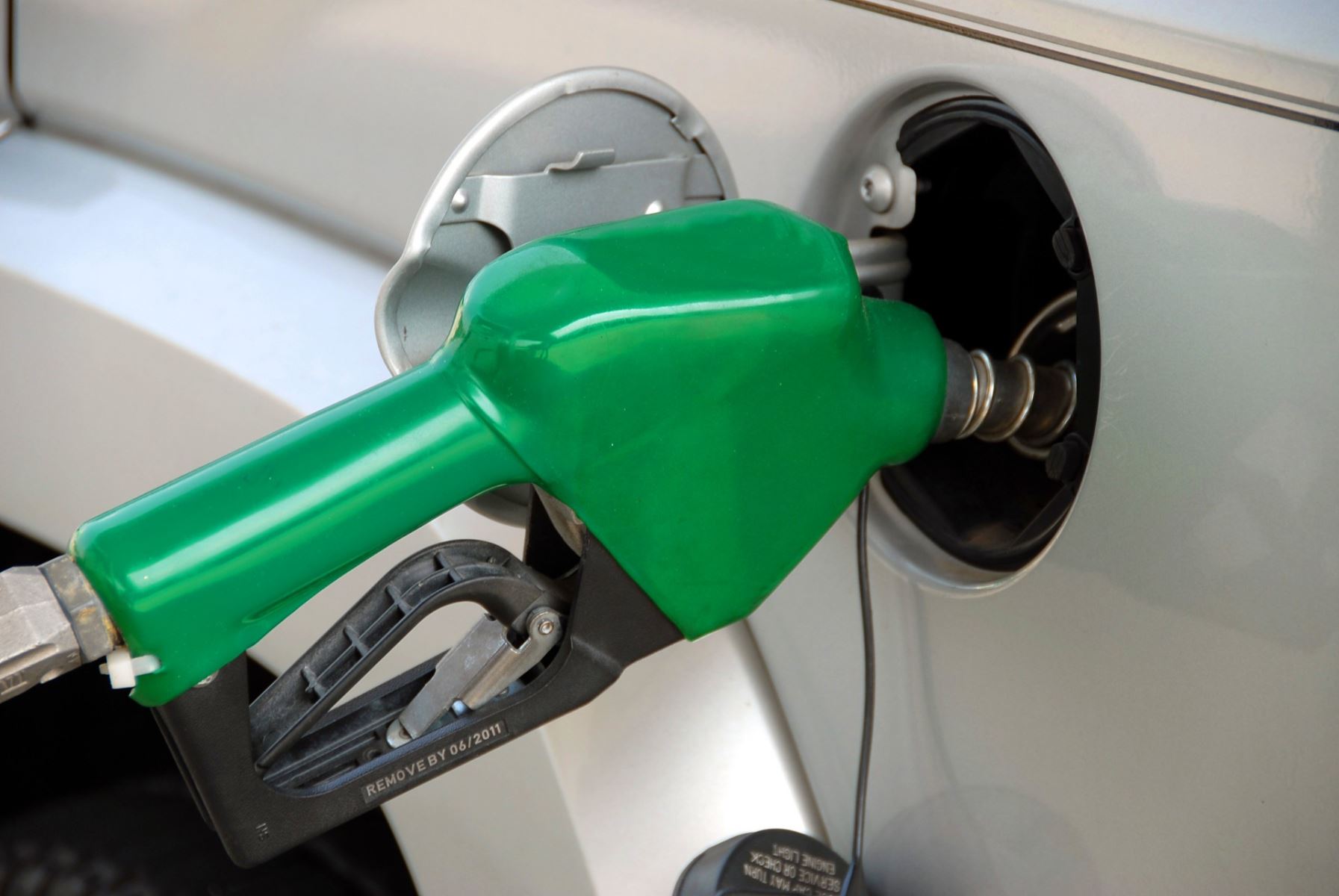Check tire pressure at least monthly. Tire pressures are found on the driver’s door jamb or in the owner’s manual. The number indicated on the tire sidewall is the maximum safe pressure, not the recommended pressure. Low tire pressure can reduce fuel mileage by 5% and create a safety hazard. Always check tire pressure when the tires are cold or cool, not after freeway driving. It is best to have your own tire pressure gauge, which can be bought for less than $5.00
Drive smoothly and anticipate traffic lights, and no quick starts. Act as if there is an egg under your gas pedal, and accelerate slowly. Watch the traffic lights ahead so you have to use your brakes as little as possible. Plan your route and get to know the traffic lights. Every time you use your brakes, you waste energy and brake life. With a manual transmission, shift to a higher gear soon rather than later. With an automatic transmission, keep it in overdrive, even in town.
Maintain your vehicle. Do the services that your vehicle needs. If your “check engine” light is on, get it diagnosed and repaired. It means something is wrong.
 Use proper oil; check your owner’s manual for the correct type. A lower-viscosity (thinner) oil will improve fuel mileage. Use synthetic oil.
Use proper oil; check your owner’s manual for the correct type. A lower-viscosity (thinner) oil will improve fuel mileage. Use synthetic oil.
Use your cruise control on the freeway to keep an even throttle setting and save fuel. Do not use a cruise control in poor weather, in busy traffic or on hills.
Don’t warm up your vehicle before driving. Just drive easy until the temperature gauge is in the normal range. A vehicle that is running, but not moving gets 0 miles per gallon.
Empty your vehicle of unnecessary weight. The more things in your trunk, the more energy it takes to get moving, and the more wear it causes on your brakes to stop.
Remove ski racks, bike racks, and cargo carriers when not in use. This is most important on freeway driving. These items create air drag and will increase fuel consumption by up to 3 miles per gallon.
As much as you can, combine trips for different tasks and errands. A cold engine gets poor fuel mileage; the easiest way to save fuel is to eliminate multiple short trips.
Buy non aggressive tires. Rolling resistance (grip) of tires can change mileage by as much as 3 miles per gallon and even more with huge oversized tires.
There is no reason to put premium fuel in a car that doesn’t call for it unless it pings (crushing marble sound) going uphill or when under load.
If the manufacturer calls for premium, I would not second guess the recommendation, but if you are not going on a trip into hilly territory, you might be able to do it.
Replacing an air filter if it’s only a little dirty is unnecessary. On modern vehicles, the precision of the fuel injection system compensates for a restriction in the air filter.
Everyone wants to save fuel now, don’t be the victim of devices that claim to increase fuel mileage. I have never seen one that helps fuel mileage, just someone else’s pocket book.
Diagnostic dilemmas
One of the greatest challenges in auto repair is diagnosing modern engine, transmission and body control electronics. The most common question we encounter from customers is “how much?”- as in, how much is it to repair a “check engine” light, a poor running engine, a transmission or even a security system that is not working correctly.
The honest answer is, you don’t know until you know. We have logical steps to follow, checking and eliminating different possibilities. A good diagnostician will consider the most common logical possibilities, and go through and test each one, eliminating those as they continue the journey until the problem is found. This process gets even more complicated if there is more than one problem, the problem is intermittent or, in a recent example, the problem is “unnatural” (someone goofed up on it when the earlier repair work was done).
A Volkswagen came into our shop a few weeks ago with the “check engine” light on. After spending a quoted hour on “running” the electronic faults from the car’s computer and checking those codes against known problems, we still didn’t have an answer. We had to call the customer back and ask permission for more time. In most cases, we know in one to two hours of diagnostic time what the vehicle needs, but in this case, even after hours of running test and checking major components, we were still not sure what the problem was- but we had a good idea the cam timing was off. This required another three hours of diagnostic time, and six hours of repair. (The transmission has to come out on this vehicle to get to the timing chain.)
The customer was not happy about not having a definite answer on this recently purchased car, and I understand his frustration. What created the frustration was not our skills, but the problem’s complexity and the major expense to repair it.
The bottom line is we don’t know what it is going to cost to diagnose and repair a problem until we identify the problem. We can guess based our past experiences but as always, guessing is just that, and not accurate. There are logical steps and the more steps needed, the higher the diagnostic and repair costs will be. Please remember, an auto repair shop has no control over what is broken, we just give you the news, good or bad!